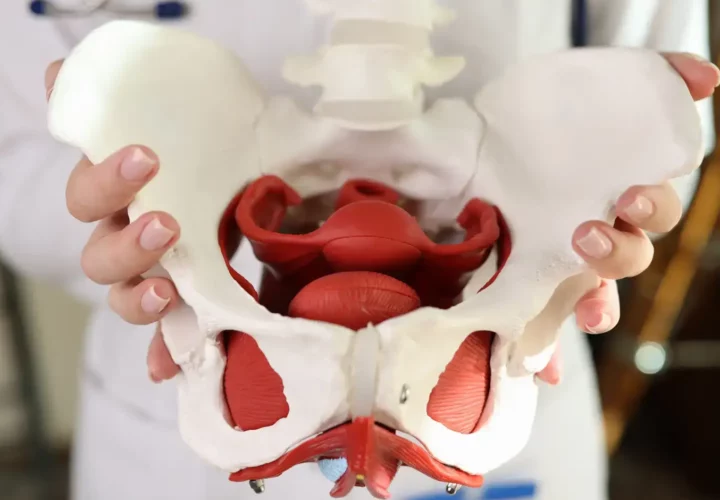There are two parts to a good physical therapy evaluation. A thorough subjective exam, and use of confirmatory testing during a physical exam to test the hypotheses developed during that conversation. Telehealth has thankfully not changed the first part of that equation. But since I cannot physically put my hands on you to perform the physical evaluation anymore, the physical exam changes a bit. Thankfully, with the right modifications I can still get A LOT of great information. Though there are some things you can do to make this as thorough as possible!
How You Can Help
Step one, of course, is the subjective conversation. This is our way of saying how you describe your symptoms. There is a lot of information we can use to put together our hypothesized diagnosis here, so let’s start by gathering all of that information!
When and How Did All of This Start?
Even if there was not a direct accident or movement that started it all, knowing if things came on gradually over time, if there was any change in your life or activity when things started, if there had been a recent medical treatment or diagnosis unrelated that changed your life somewhat, if you literally just woke up with your condition, all of these tell me A LOT. How long this has been going on is also a huge piece of the puzzle. So even an estimate of a few months, years, or days is great! I don’t necessarily need an exact date, but that duration can be a big factor!
What Makes Things Worse?
This can vary for a lot of conditions! Certain positions, time spent in positions, activities, movements, stretches, acts of picking things up, amount of time spent on an activity, amount of day in a row of an activity, temperatures, stress, and foods can all impact various symptoms! Knowing your specific pattern is huge to me! The very nice thing about telehealth is that we are often looking at the place you spend a lot of your time. So odds are your therapist may be able to watch you do those specific tasks!
What Seems to be Helping?
Whether it is ice, heat, rest, certain positions, or types of medication, alleviating factors can tell me a lot about what specifically is going on in your body! The more complete your list, the more I’ll know!
Has Your Pain Changed Since Onset?
Whether it is worse, better, exactly the same, changing in quality or severity, all of these little details about change over time give a lot of data on how your body is working right now!
Having Your Area Ready
So once we’ve been through our information gathering, we will need to put some theories to the test. In order to do so, your therapist will usually need to be able to watch you move in a variety of manners! If your pain is during a specific activity, having your area set up to show me that activity would be super helpful! We will also often want to be able to see your general movement, so having enough space that the camera can see your entire body as you move in standing, that we can see how you move when lying down, and often having some weights handy can be extremely helpful to let us get the most out of this portion of the exam. Free movement areas are super helpful!
At the end of the exam, your therapist will usually have you try some home treatments! These may involve exercise or a variety of home versions of manual techniques, so having any home exercise space and equipment ready to go and in a space your camera can easily view will be very helpful so that your therapist can demonstrate and watch you perform things to ensure everything is going exactly as it should!
After having done Telehealth sessions for a number of weeks now, I have actually found them very helpful! These tips should be able to help you get the most out of your session as well!
If you are located in Florida during this time feel free to make a Telehealth appointment with us by clicking here. We want to help get you back on track!



